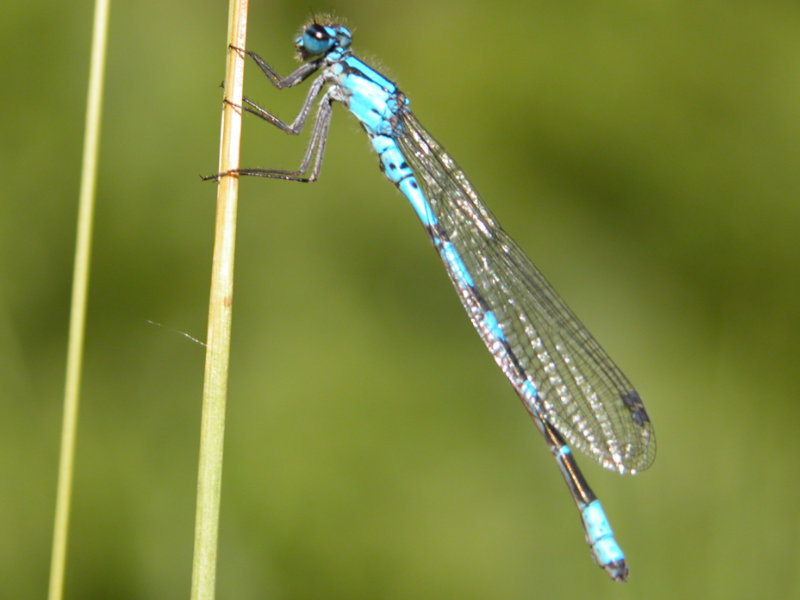
06/26/2006 Heart O' the Hills Area, Olympic National Park, Washington
07/16/2007 Heart O' the Hills Area, Olympic National Park, Washington
05/21/2015 Heart O' the Hills Area, Olympic National Park, Washington
08/04/2020 Heart O' the Hills Area, Olympic National Park, Washington
Slides 6-10 are a sequence.
08/04/2020 Heart O' the Hills Area, Olympic National Park, Washington
Slides 6-10 are a sequence.
08/04/2020 Heart O' the Hills Area, Olympic National Park, Washington
Slides 6-10 are a sequence.
08/04/2020 Heart O' the Hills Area, Olympic National Park, Washington
Slides 6-10 are a sequence.
08/04/2020 Heart O' the Hills Area, Olympic National Park, Washington
Slides 6-10 are a sequence.
Damselflies, Suborder Zygoptera, look like Dragonflies, but smaller and slimmer. Several species occur on the Olympic Peninsula. Some are difficult or impossible to identify to species from photographs. Females are usually less colorful than males, but some females look like males.
To mate, a male clasps the female behind her head. The pair can fly together while attached. The male then transfers sperm from his primary genitalia, near the tip of the abdomen to secondary genitalia near the front of the abdomen, while clasping the female. The female then curls her abdomen forward to the male’s secondary genetalia to gather sperm, forming a shape known as a "heart" or "wheel." Slides 6-10